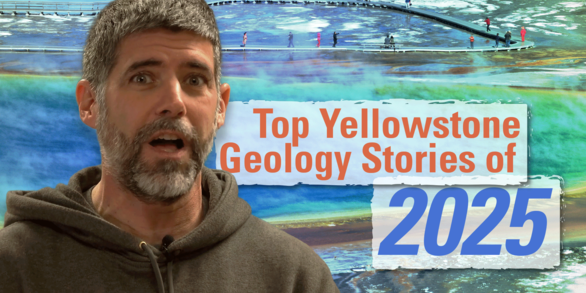Kīlauea Volcano — Halema‘uma‘u Lava Lake Inlet (March 30, 2021)
Kīlauea Volcano — Halema‘uma‘u Lava Lake Inlet (March 30, 2021)The lava lake remains active in Halema‘uma‘u Crater, at the summit of Kīlauea. This video shows the inlet where lava from the western fissure is supplied to the lake. The motion of the lava stream is sluggish, and this video is shown at 20x speed.
























